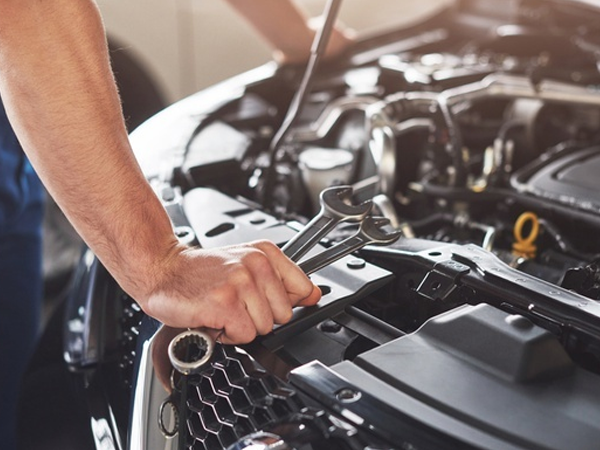As the winter months approach, it’s essential to prepare your vehicle for the harsh conditions that can accompany the season. Winterizing your vehicle not only ensures your safety on the road but also helps maintain the longevity of your car. This comprehensive checklist will guide you through the necessary steps to prepare your vehicle for winter, covering everything from checking your tires to ensuring your heating system is in top condition.

- Inspect and Replace Your Tires
Why Winter Tires Matter
Tires are your vehicle’s only point of contact with the road, making them critical for safe winter driving. Winter tires are designed to provide better traction in snow, ice, and cold temperatures, thanks to their unique tread patterns and rubber compounds.
Steps to Take:
- Check Tire Tread Depth: Ensure that your tires have adequate tread depth. The minimum recommended tread depth for winter driving is 6/32 inches.
- Consider Winter Tires: If you live in an area with heavy snowfall or icy conditions, investing in winter tires is a wise decision. These tires offer superior grip and handling in winter weather.
- Check Tire Pressure: Cold temperatures can cause tire pressure to drop. Regularly check and maintain the recommended tire pressure to avoid uneven wear and ensure optimal performance.
- Test and Replace Your Battery
The Importance of a Strong Battery
Cold weather can be hard on your car’s battery, reducing its efficiency and making it harder to start your engine. A weak battery is more likely to fail during winter, so it’s crucial to test its strength before the cold sets in.
Steps to Take:
- Test the Battery: Use a battery tester or visit a mechanic to check your battery’s voltage and overall health. If it’s nearing the end of its lifespan, consider replacing it before winter.
- Clean Battery Terminals: Corrosion on battery terminals can impede electrical connections. Clean the terminals and ensure they are securely connected.
- Check and Top Off Fluids
Key Fluids to Maintain
Proper fluid levels are essential for your vehicle’s operation, especially in winter. Low or contaminated fluids can lead to engine problems, freezing, or poor performance in cold conditions.
Steps to Take:
- Antifreeze/Coolant: Ensure that your coolant system is filled with the correct antifreeze mixture. This prevents the engine from freezing and protects it from extreme temperatures.
- Engine Oil: Consider switching to a winter-grade oil, which flows better in cold temperatures, providing better lubrication during startup.
- Windshield Washer Fluid: Use winter-specific windshield washer fluid that won’t freeze in cold temperatures, and ensure your wiper blades are in good condition.
- Brake Fluid: Check the brake fluid level and top it off if necessary. Proper brake fluid levels are crucial for maintaining braking performance in icy conditions.
- Inspect the Heating and Defrosting Systems
Stay Warm and Safe
A fully functioning heating system is vital not only for your comfort but also for your safety, as it helps prevent windows from fogging up or icing over.
Steps to Take:
- Test the Heater: Turn on your heater to ensure it’s working correctly. If the air isn’t getting warm, you may need to flush the cooling system or check for other issues.
- Check the Defrosters: Ensure that both front and rear defrosters are working effectively. If they’re not, it could be a sign of electrical problems or blocked vents.
- Prepare an Emergency Kit
Be Ready for the Unexpected
Winter driving can be unpredictable, and it’s always better to be prepared for emergencies. An emergency kit can be a lifesaver if you get stranded or stuck in a snowstorm.
Items to Include:
- Jumper Cables: Essential for getting your car started if the battery dies.
- Ice Scraper and Snow Brush: Necessary for clearing snow and ice from your windows and mirrors.
- Blanket and Warm Clothing: To keep you warm if you’re stranded in cold weather.
- Non-Perishable Food and Water: In case you’re stuck for an extended period.
- First Aid Kit: For any minor injuries that may occur.
- Shovel: To dig out your car if it gets stuck in the snow.
- Flashlight with Extra Batteries: Useful for night-time emergencies.
Conclusion
Winterizing your vehicle is a crucial step in ensuring that you’re prepared for the challenges of winter driving. By following this complete checklist, you can protect your car from the harsh conditions of winter, stay safe on the road, and avoid costly repairs. From inspecting your tires and battery to ensuring your heating system is fully functional, these steps will help you navigate winter with confidence.

